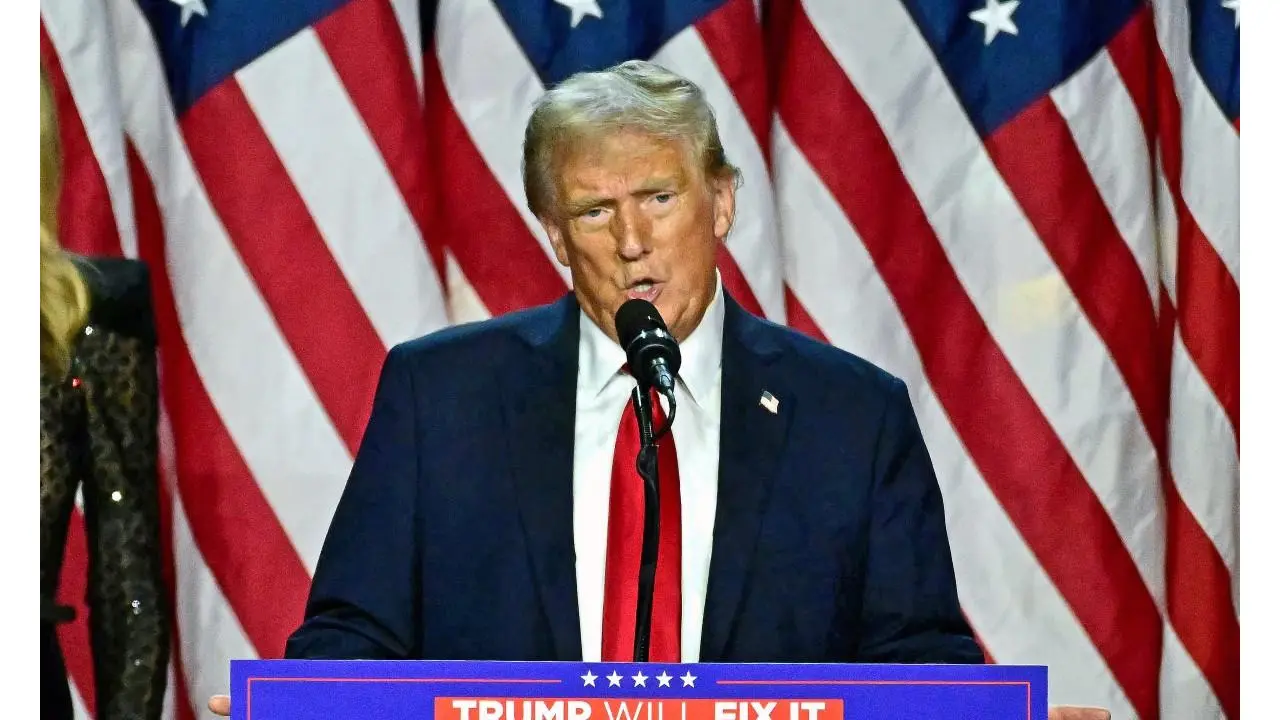The culmination of more than a decade of integration between DRDO, the Strategic Forces Command, and the newly coordinated space-based tracking platforms has brought India closer than ever to seamless response readiness.
Trishul has elevated India’s deterrent capability, designed to deliver a surgical, coordinated retaliatory strike capability within seconds of hostile escalation. Its architecture links indigenous missile families such as Agni-V, Pralay, and BrahMos-ER through a secure datalink network supported by AI-enabled decision matrices.
This system allows rapid threat response based on real-time satellite and radar inputs, with interoperability across land, air, and sea platforms.
This system allows rapid threat response based on real-time satellite and radar inputs, with interoperability across land, air, and sea platforms.
Pakistan’s security community is reportedly unsettled by the Trishul framework’s demonstration since it rebalances South Asia’s deterrence equation decisively in India’s favour. Islamabad’s strategic planners, already strained by economic constraints and technological gaps, have voiced concern over their own readiness against such a comprehensive system.
Intelligence assessments suggest that Pakistan’s short-range Nasr and Shaheen programs are being rushed into upgrades, though without the degree of integration that India’s network-centric model allows.
There are also indications of heightened activity at several Pakistani missile storage and maintenance facilities, likely in response to the perceived strategic imbalance. The regional power dynamic has shifted dramatically; India’s ability to conduct precision long-range strikes supported by layered missile defence now extends credible deterrence deep into adversarial territory.
This has prompted renewed calls within Pakistan’s National Command Authority for technological partnerships, but geopolitical isolation limits such prospects.
While South Asia adjusts to the new status quo, President Donald Trump’s recent statements on nuclear readiness have added an unexpected global dimension. His remarks regarding the reactivation of contingency strike protocols and sharing of nuclear control status with select allies have reignited debates over nuclear transparency and deterrence ethics.
The combination of India’s advanced integrated system, Pakistan’s anxious recalibration, and the renewed nuclear posturing by the United States represents a triangulation of deterrence narratives at a critical historical moment. Trishul has not merely demonstrated a weapon system but symbolised India’s arrival as a technologically autonomous nuclear power with dynamic deterrence capabilities.
In strategic circles, this convergence is being described as the beginning of a “post-symmetrical deterrence era,” where integration, not numbers, defines strength.
For India, Trishul secures the strategic frontier; for Pakistan, it triggers an era of uncomfortable adjustments; and for the global order, it forces a new conversation on controlled deterrence amidst resurgent great-power assertiveness.
Based On ANI Report


